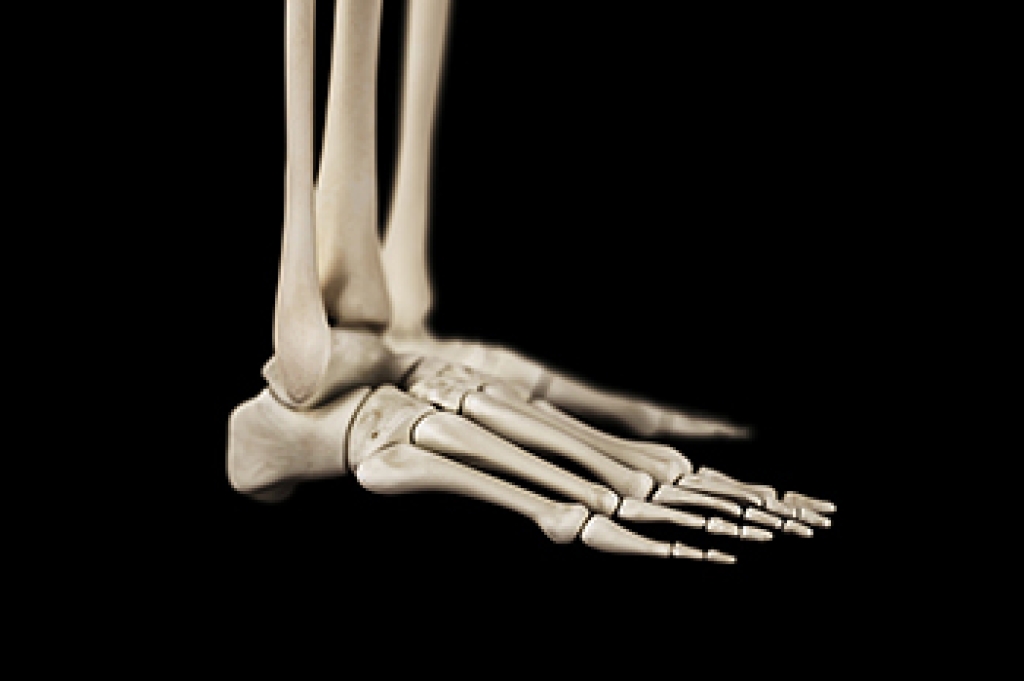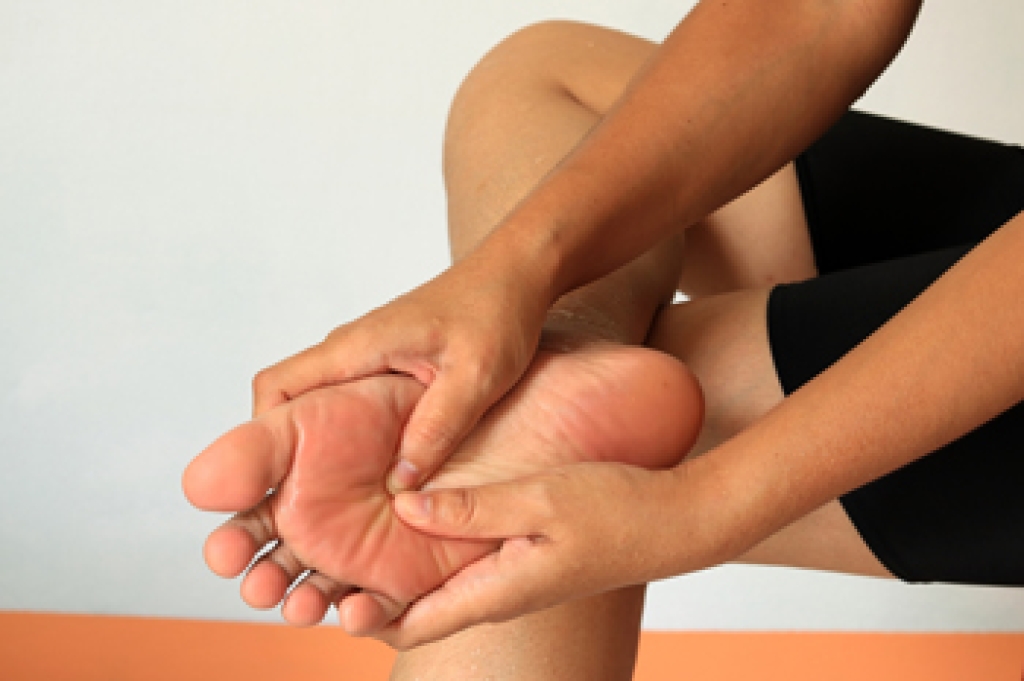
Corns and calluses are thickened skin areas caused by repeated pressure or friction, yet they differ in form and discomfort. Corns are smaller, with a hard center, commonly on toes, while calluses are broader, flatter patches on soles. Symptoms include tenderness, aching, or sharp pain with corns, and dull discomfort with calluses. They may look yellowed, dry, or raised, and can feel rough, tight, or painful in shoes. Causes include ill-fitting footwear, abnormal foot mechanics, bony prominences, and repetitive activity. A podiatrist can help from the start by assessing gait, footwear, and skin, confirming diagnosis, and excluding warts or infection. Treatment options include safe debridement, padding, footwear changes, and addressing biomechanical causes to prevent recurrence. Early evaluation reduces pain, improves alignment, and supports lasting relief. Ongoing care improves comfort, mobility, and skin health. If you are dealing with foot discomfort, it is suggested that you make an appointment with a podiatrist.
If you have any concerns regarding your feet and ankles, contact one of our podiatrists of Columbus Podiatry & Surgery. Our podiatrists will treat your foot and ankle needs.
Corns: What Are They? and How Do You Get Rid of Them?
Corns can be described as areas of the skin that have thickened to the point of becoming painful or irritating. They are often layers and layers of the skin that have become dry and rough, and are normally smaller than calluses.
Ways to Prevent Corns
There are many ways to get rid of painful corns such as wearing:
- Well-fitting socks
- Comfortable shoes that are not tight around your foot
- Shoes that offer support
Treating Corns
Treatment of corns involves removing the dead skin that has built up in the specific area of the foot. Consult with Our podiatrists to determine the best treatment option for your case of corns.
If you have any questions, please feel free to contact our office located in Columbus, OH . We offer the newest diagnostic and treatment technologies for all your foot care needs.




